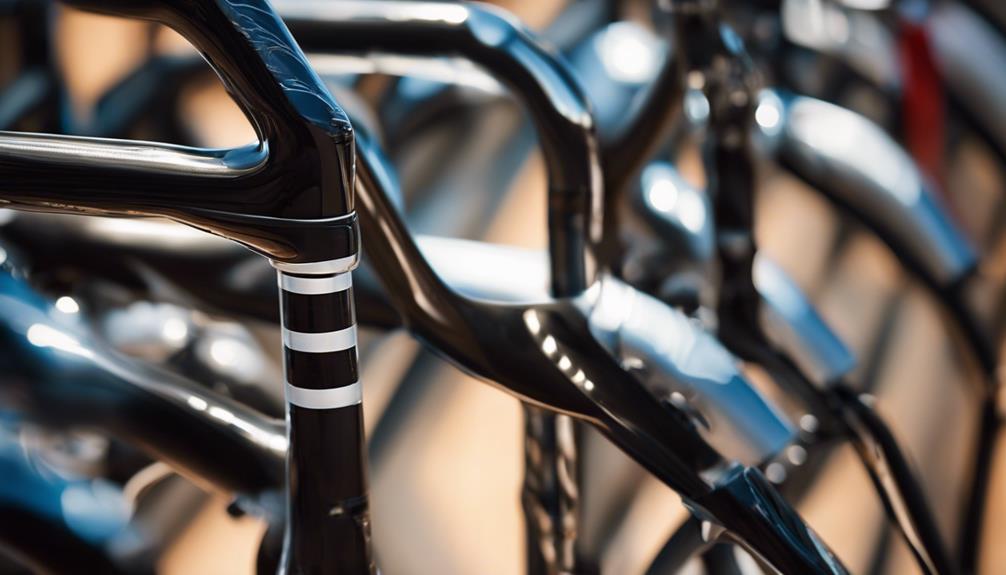Bike packing is an exhilarating way to explore the great outdoors while challenging your physical limits. It combines the joy of cycling with the experience of camping, allowing enthusiasts to venture into remote areas and discover breathtaking landscapes. In this comprehensive guide, we’ll delve into everything you need to know about bike packing, from essential gear to planning your first trip.
##
What is Bike Packing?
Bike packing is the art of carrying all your camping gear and supplies on your bicycle while traveling over long distances. Unlike traditional touring, which often involves heavy racks and panniers, bike packing utilizes lightweight bags that attach directly to the bike frame, handlebars, and seat post. This minimalist approach enables riders to navigate rugged terrains more easily and provides a more dynamic riding experience.
##
The Benefits of Bike Packing
There are numerous benefits to bike packing that appeal to both seasoned cyclists and newcomers. Firstly, bike packing encourages physical fitness; it’s an excellent workout that combines cardio and strength training. Secondly, it fosters a deeper connection with nature as you travel off the beaten path and immerse yourself in diverse environments. Additionally, bike packing is an eco-friendly mode of travel, reducing your carbon footprint while allowing you to explore stunning landscapes without the noise and pollution of motorized vehicles.
##
Essential Gear for Bike Packing
Choosing the right gear is crucial for a successful bike packing adventure. Here are some essential items to consider:
- Bike: A sturdy, reliable bike that can handle various terrains is a must. Many bike packers choose gravel or mountain bikes for their versatility.
- Bike Packing Bags: Invest in quality bags designed for bike packing. These include frame bags, handlebar bags, and seat packs that offer adequate space without compromising aerodynamics.
- Camping Gear: Lightweight tents, sleeping bags, and cooking equipment are necessary for overnight trips. Opt for gear that is compact and easy to pack.
- Clothing: Dress in layers and choose moisture-wicking, quick-dry fabrics. Don’t forget essential accessories such as gloves, a helmet, and sunglasses.
- Navigation Tools: Use a reliable GPS device or smartphone app to help you stay on course and discover new trails.
##
Planning Your First Bike Packing Trip
Planning is key to a successful bike packing trip. Start by selecting a route that matches your skill level and physical capabilities. Research local trails and destinations that offer camping facilities or suitable spots for setting up camp. Additionally, consider the time of year and weather conditions, as these factors can greatly affect your experience.
Next, create a packing list that includes all your essential gear, food, and water supplies. It’s advisable to pack light; only take what you absolutely need to minimize weight and maximize comfort. Finally, inform someone about your trip plans for safety purposes, especially if you’re heading into remote areas.
##
Navigation and Safety Tips for Bike Packing
Safety should always be a priority when bike packing. Familiarize yourself with the route beforehand, and carry a physical map in case of poor GPS reception. It’s also wise to share your itinerary with a friend or family member. Always wear a helmet and consider additional safety gear, such as reflective clothing and lights, especially if you’ll be riding in low-light conditions.
In case of emergencies, carry a basic first-aid kit, a multi-tool for bike repairs, and know how to execute basic maintenance tasks, such as fixing a flat tire. Understanding the key principles of bike packing safety will ensure that your adventure is both enjoyable and secure.
##
Choosing the Right Trails for Bike Packing
When it comes to selecting trails for bike packing, consider a mix of terrains and scenery. Research local bike parks, state and national parks, and designated bike packing routes. Websites such as Adventure Cycling offer valuable resources and maps for bike packing routes across various regions.
Start with shorter, easier trails to build your confidence and experience. As you become more comfortable with bike packing, you can tackle longer and more challenging routes. Remember that your chosen trails should offer a balance of natural beauty and safety, with ample camping options along the way.
##
Staying Comfortable on Your Bike Packing Journey
Comfort is key during your bike packing journey. To enhance your ride, invest in a quality saddle, padded shorts, and ergonomic handlebar grips. Make sure your bike is properly adjusted to fit your body size and riding style; this can drastically reduce fatigue and discomfort.
Take regular breaks to stretch your legs and hydrate. A well-planned itinerary that allows for sightseeing and relaxation will make your trip more enjoyable. Staying comfortable will help you enjoy the scenery and focus on the adventure rather than the pain of riding.
##
Conclusion: Embrace the Adventure of Bike Packing
Bike packing offers a unique blend of adventure, fitness, and connection with nature. With the right gear, planning, and mindset, you can embark on unforgettable journeys that take you off the beaten path. Whether you’re a seasoned cyclist or a beginner, bike packing is an accessible and rewarding way to explore the world around you. So grab your bike, pack your bags, and get ready for an adventure like no other!
By following this guide and embracing the spirit of exploration, you’ll be well on your way to enjoying the exhilarating experience of bike packing. Happy trails!
